Jazz, perhaps more than any other musical form, is a living conversation—one that traveled from the streets of New Orleans to the concert halls of Europe, absorbing regional dialects while staying unmistakably itself. Ranking its architects is inevitably subjective, but doing so offers a lens through which to appreciate their individual genius and collective impact. The 25 legends below were chosen for the enduring popularity of their recordings, their influence on fellow musicians, and their reach beyond the jazz world into the broader culture. Dive in, drop the needle—or queue the stream—and rediscover why these masters still set the global standard.
25 Sonny Rollins
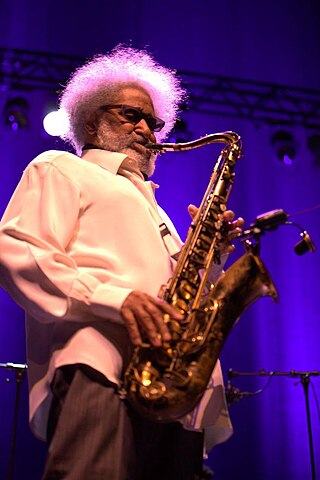
Few improvisers command the stage alone as Rollins does. His 1956 masterpiece Saxophone Colossus showed how a tenor can sing, swagger, and philosophize in a single chorus. A champion of thematic improvisation, Rollins also made headlines with notorious “bridge sabbaticals,” practicing outdoors on New York’s Williamsburg Bridge to refine his colossal tone.
24 Freddie Hubbard
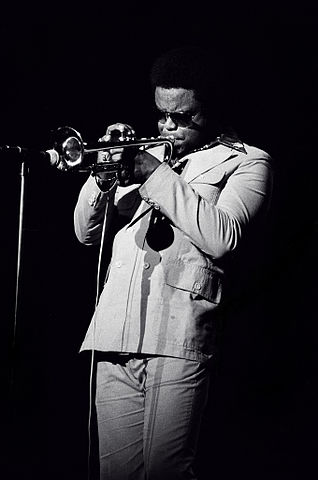
Hubbard’s fiery lines cut through hard bop and post‑bop alike. From Art Blakey’s Jazz Messengers to his CTI-era hits Red Clay and Straight Life, his brassy attack and melodic daring influenced everyone from Woody Shaw to modern greats like Ambrose Akinmusire.
23 Max Roach
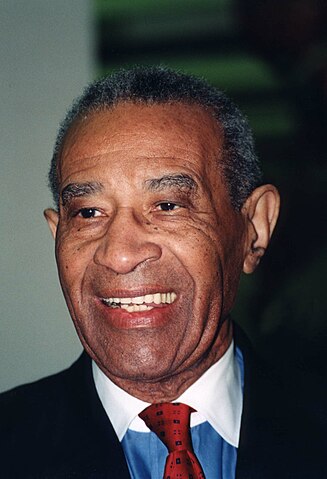
More than a timekeeper, Roach re‑engineered the drum kit for bebop, shifting the pulse to the ride cymbal and freeing the snare and bass drums for commentary. His civil‑rights suite We Insist! fused music and activism, proving rhythm can shake both hips and consciousness.
22 Coleman Hawkins
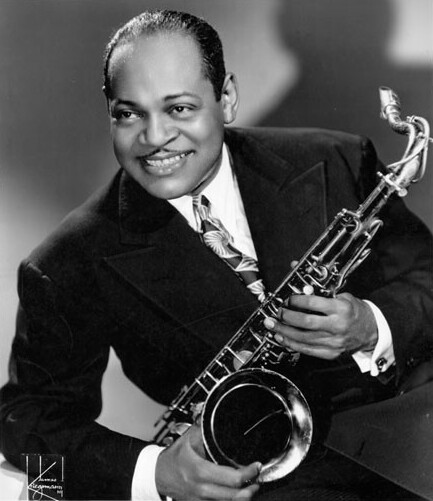
Before Hawkins, the tenor was a novelty; after his 1939 recording of “Body and Soul,” it was a voice of authority. His harmonic sophistication paved the way for bebop, and his competitive spirit (he famously welcomed cutting sessions with younger lions) kept him at the forefront for decades.
21 Lee Morgan
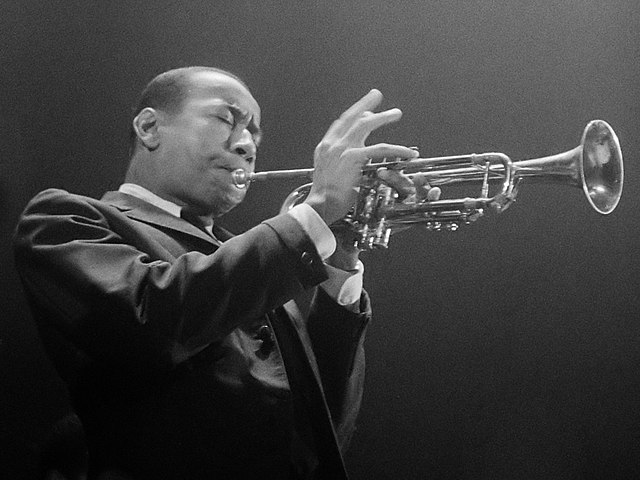
Morgan’s 1963 runaway hit “The Sidewinder” crossed into jukebox rotation, introducing boogaloo beats to hard bop swagger. His crisp articulation and blues‑inflected lines bridged Miles Davis’s cool minimalism and Freddie Hubbard’s fiery extroversion.
20 Bud Powell
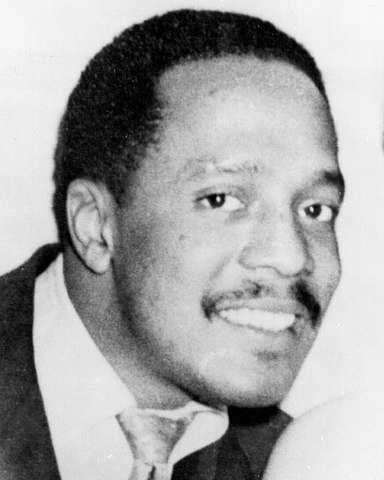
Powell translated Charlie Parker’s horn lines to the piano, inventing the bebop keyboard lexicon. His right‑hand torrents and left‑hand “comping” still sound startlingly modern on classics like The Amazing Bud Powell.
19 Art Tatum
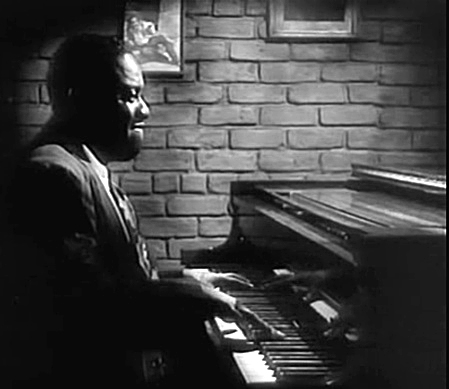
Tatum’s technical wizardry bordered on the impossible—stride foundations, harmonic substitutions, and lightning runs delivered with champagne smoothness. Legends from Oscar Peterson to Vladimir Horowitz marveled at his facility; many simply gave up trying to match it.
18 Count Basie
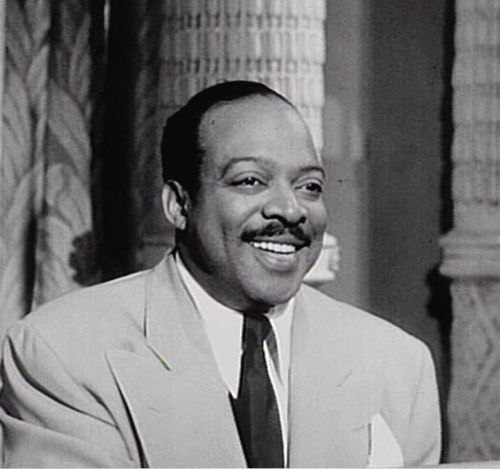
Basie proved less can swing more. His minimalist piano “plink‑plank‑plunk” anchored an orchestra whose riff‑based charts (“One O’Clock Jump,” “April in Paris”) defined the big‑band era and still ignite dance floors worldwide.
17 Sarah Vaughan
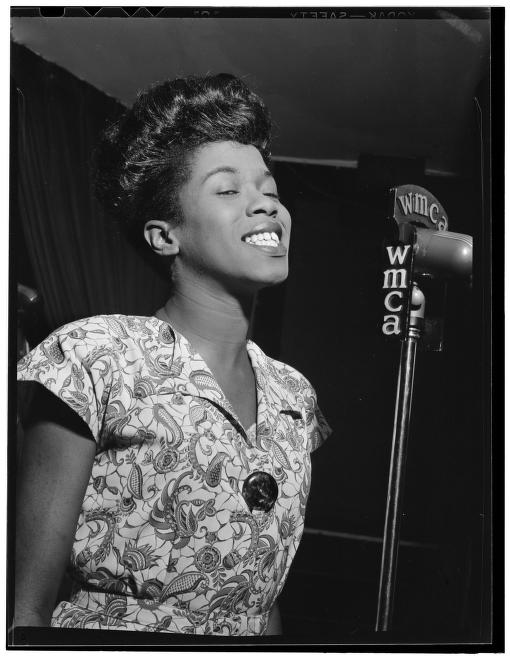
Source:https://blogs.loc.gov/music/2019/03/william-p-gottliebs-celebration-of-women
Blessed with a three‑octave range and operatic control, “Sassy” Vaughan blurred boundaries between jazz, pop, and classical technique. Whether caressing “Misty” or bending bebop lines with Dizzy, she embodied effortless vocal virtuosity.
16 Dizzy Gillespie
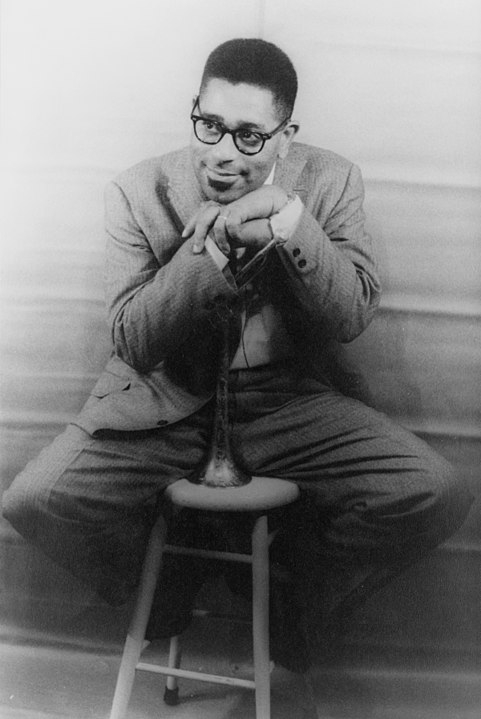
With his upturned bell, puffed cheeks, and quick‑silver wit, Gillespie was bebop’s smiling ambassador. He co‑invented the idiom with Charlie Parker, then married it to Afro‑Cuban rhythms on “Manteca,” broadening jazz’s global palette.
15 Wes Montgomery
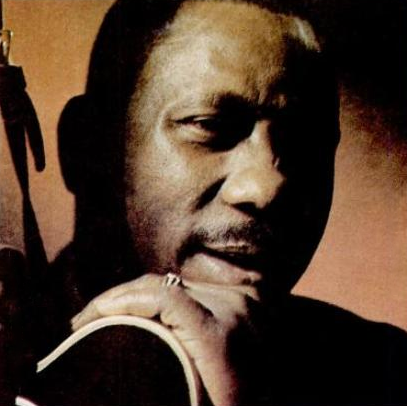
Montgomery’s right‑hand thumb strokes produced a warm, horn‑like sound, while his octaves technique became a signature adopted by a generation of guitarists. Albums like Smokin’ at the Half Note remain touchstones for tasteful groove and melodic storytelling.
14 Cannonball Adderley
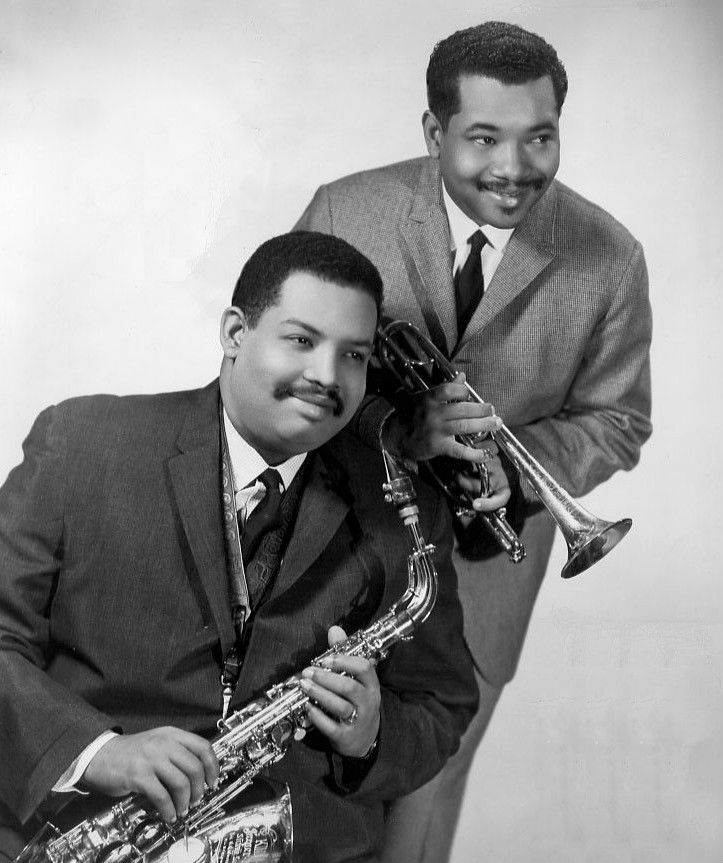
A soul‑jazz evangelist with bebop chops, Cannonball’s joyful phrasing lit up Miles Davis’s Kind of Blue and his own crossover hit “Mercy, Mercy, Mercy.” His on‑stage narrations brought audiences intimately into the music.
13 Stan Getz

Nicknamed “The Sound” for his lustrous tone, Getz popularized bossa nova worldwide. Getz/Gilberto and the immortal “The Girl from Ipanema” fused Brazilian cool with jazz sophistication, earning Grammy glory and global airtime.
12 Oscar Peterson
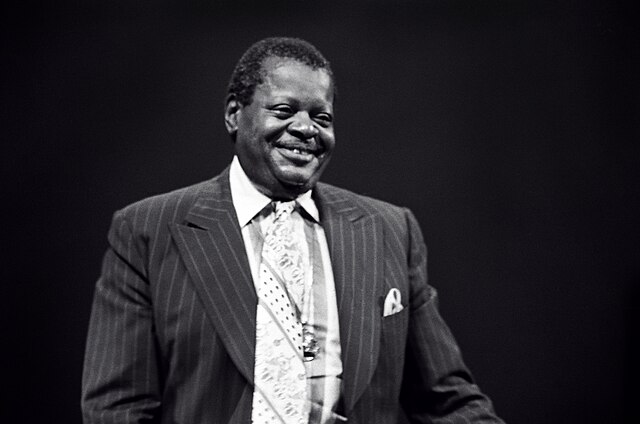
Peterson combined Art Tatum‑level chops with bluesy warmth, leading trios that swung like big bands. His definitive takes on the Great American Songbook made him a fixture from Carnegie Hall to festival stages on every continent.
11 Charles Mingus
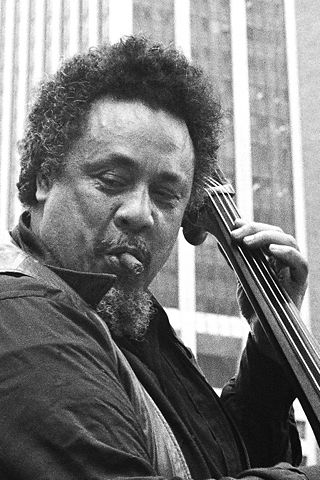
Mingus’s music was as turbulent and expansive as his personality—gospel shouts, Ellingtonian grandeur, free jazz uproar. Albums like Mingus Ah Um show a composer who could mirror America’s contradictions in orchestrated chaos.
10 Dexter Gordon
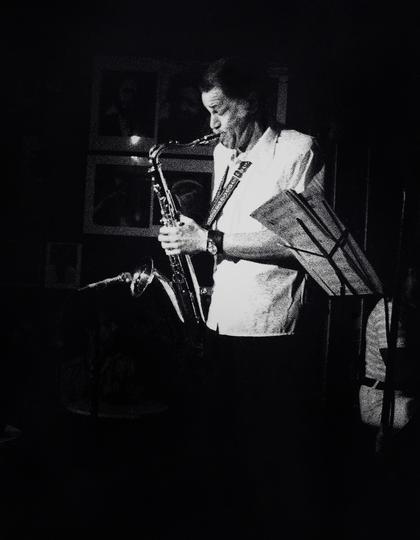
At 6’6″, “Long Tall Dexter” matched physical stature with spacious phrasing and sly humor. His triumphant return from European exile, captured in the film Round Midnight, earned him an Oscar nomination and reintroduced his relaxed swing to new listeners.
9 Thelonious Monk
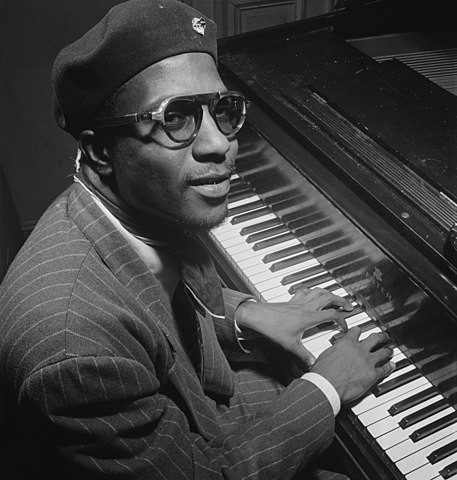
Source:https://blogs.loc.gov/music/2010/10/101010%e2%80%a6monk%e2%80%99s-93rd-birthday
Monk turned musical “mistakes” into logic, hammering dissonances that resolved in surprising beauty. Tunes like “’Round Midnight” and “Straight, No Chaser” have become jam‑session litmus tests, their angular melodies eternally fresh.
8 Billie Holiday
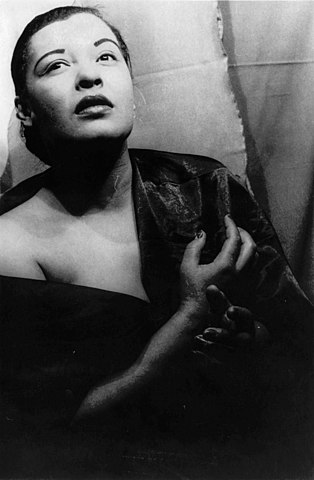
Lady Day transformed personal pain into timeless art. Her intimate phrasing on “Strange Fruit” and “God Bless the Child” married stark storytelling to haunting musical nuance, inspiring vocalists across genres.
7 John Coltrane
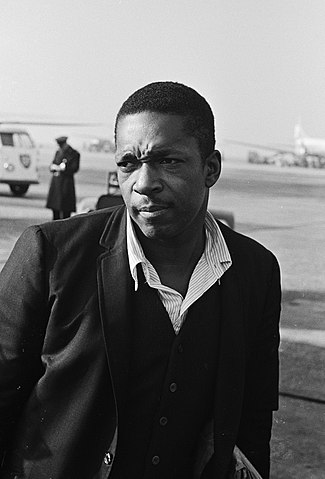
 Dutch National Archives, The Hague, Fotocollectie Algemeen Nederlands Persbureau (ANeFo), 1945-1989, Nummer toegang 2.24.01.05 Bestanddeelnummer 915-6748, CC0, リンクによる
Dutch National Archives, The Hague, Fotocollectie Algemeen Nederlands Persbureau (ANeFo), 1945-1989, Nummer toegang 2.24.01.05 Bestanddeelnummer 915-6748, CC0, リンクによる
Coltrane’s questing spirit took him from hard bop to modal hymns (My Favorite Things) and spiritual suites (A Love Supreme). His “sheets of sound” technique and later free explorations make him a beacon for improvisers seeking transcendence.
6 Miles Davis
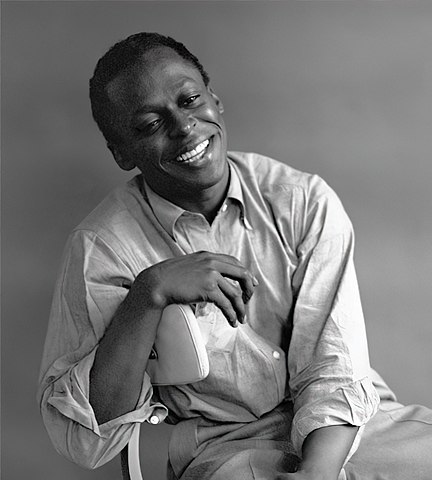
A master of reinvention, Miles birthed cool jazz (Birth of the Cool), modal jazz (Kind of Blue), second‑great quintet post‑bop, and jazz‑rock fusion (Bitches Brew). Few artists in any genre rewrote the playbook so often—or so stylishly.
5 Ella Fitzgerald
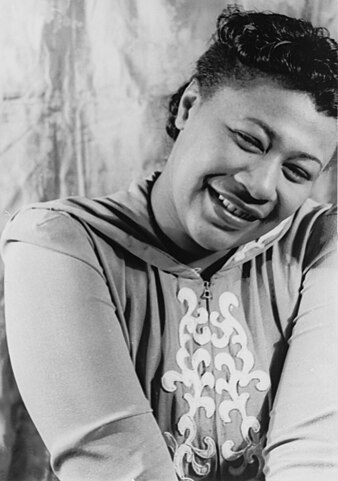
The “First Lady of Song” possessed flawless intonation, boundless swing, and scatting agility rivaling any horn. Her Songbook series preserved Gershwin, Porter, and Berlin for posterity, setting the gold standard for vocal jazz interpretation.
4 Duke Ellington
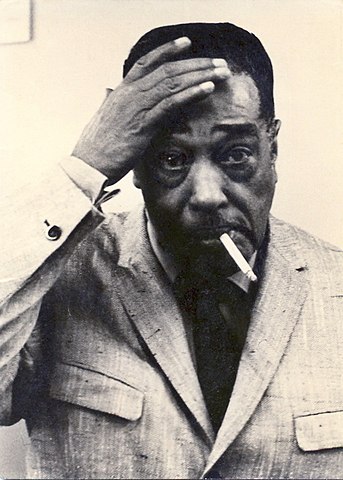
Ellington’s mantra—“beyond category”—applies to works spanning the Cotton Club, Carnegie Hall, and sacred concerts. His orchestra was a laboratory for tone color, showcasing soloists like Johnny Hodges while composing gems from “Sophisticated Lady” to “Mood Indigo.”
3 Charlie Parker

Source:https://blogs.loc.gov/music/2010/08/happy-birthday-prez-and-bird
“Bird” ignited bebop’s revolution with breakneck tempos, advanced harmony, and blues‑drenched lyricism. His legacy looms in every modern soloist who dares cram a universe of ideas into a single 12‑bar chorus.
2 Louis Armstrong
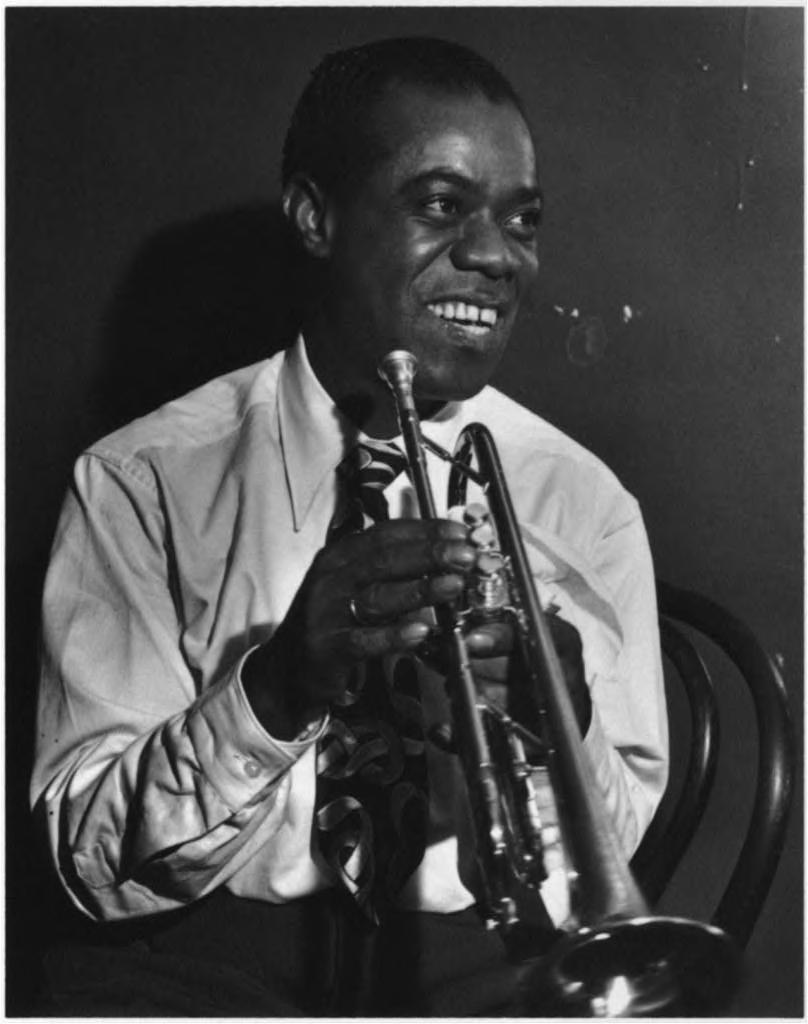
Source:https://blogs.loc.gov/music/2011/08/pic-of-the-week-anniversary-edition
Armstrong put the soloist center stage, swinging eighth‑notes into the future and popularizing scat singing. From “West End Blues” to “What a Wonderful World,” his gravelly warmth and trumpet brilliance made jazz a household word.
1 Bill Evans
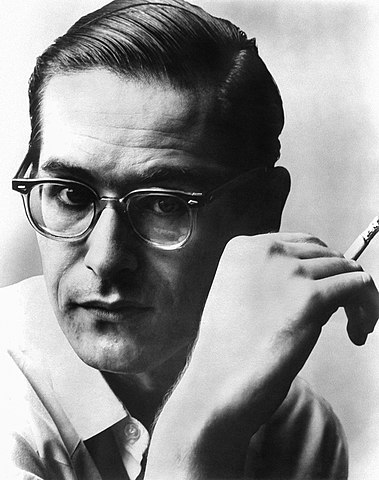
Evans’s voicings—rootless left‑hand clusters and impressionistic chord colors—re‑harmonized jazz harmony itself. His conversational trio interplay on Sunday at the Village Vanguard and introspective solos on Miles Davis’s Kind of Blue continue to shape pianists and composers alike.
From the swagger of Louis Armstrong to the introspection of Bill Evans, these 25 icons trace jazz’s evolution across a century of cultural upheaval and technological change. Each artist extended the language—new harmonic colors, rhythmic feels, or emotional depths—while remaining accessible enough to capture global audiences. Their recordings are not museum pieces; they’re invitations to join an ever‑unfolding dialogue. Whether you’re a seasoned aficionado or a curious newcomer, let this list guide your next listening session—and remember that in jazz, the ranking matters less than the joyous discovery along the way.

